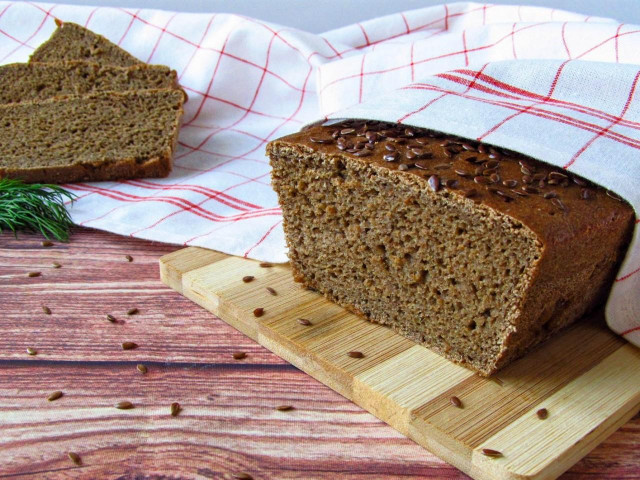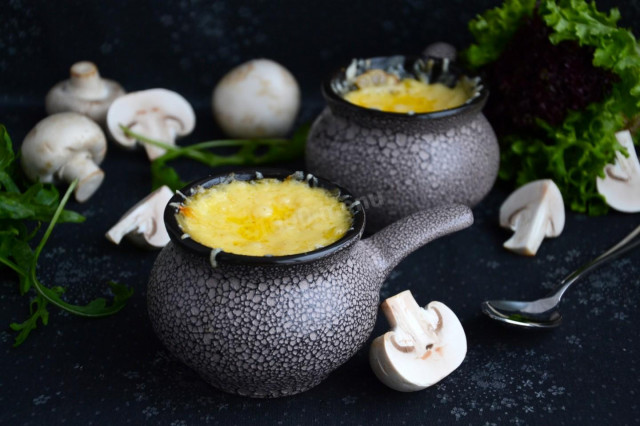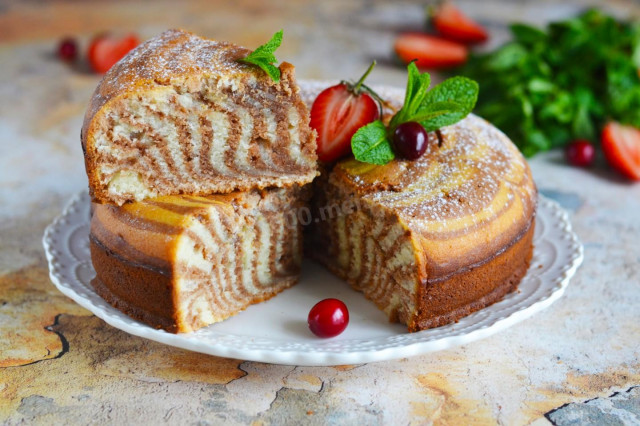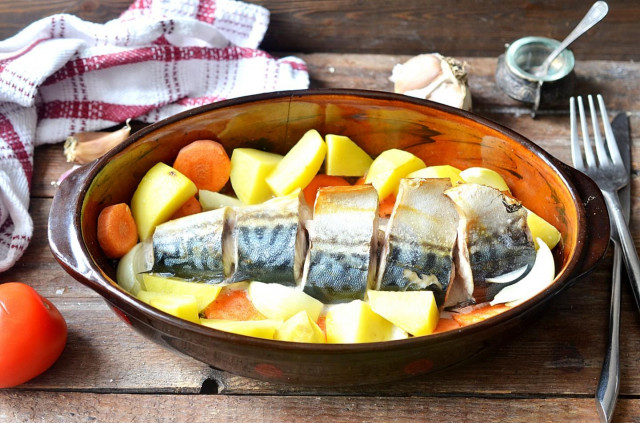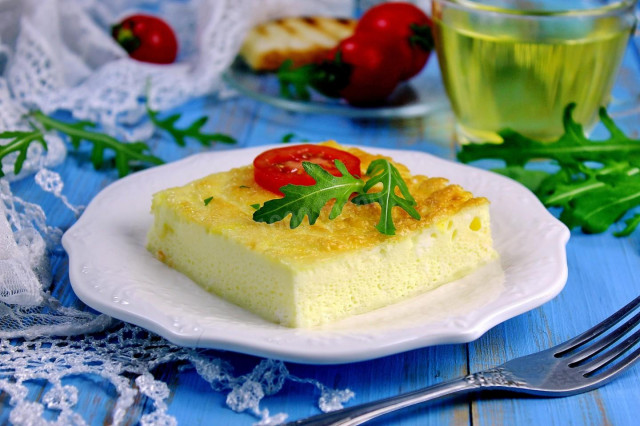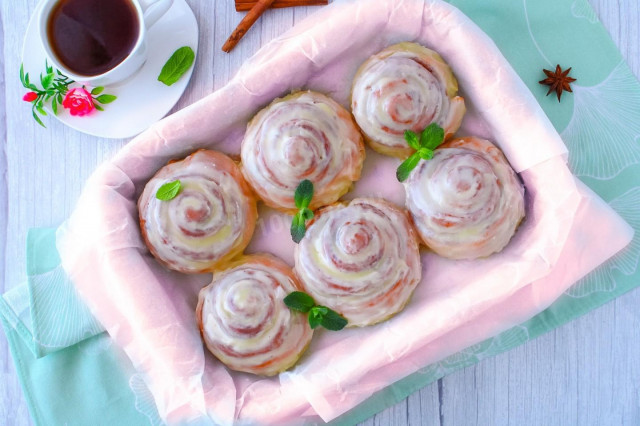Composition / ingredients
Step-by-step cooking
Step 1:
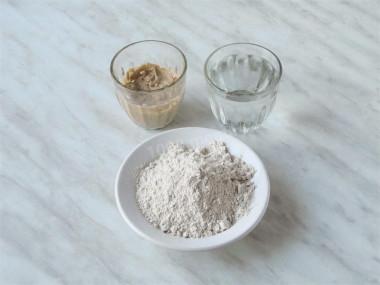
How to bake sourdough bread in the oven? First we need to revive the starter and make a sourdough. Prepare the starter foods. The water should be warm.
Step 2:
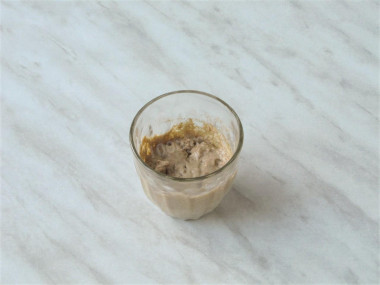
I already have a ready-made starter culture, which I actively use. I have it in the fridge. If you store your own in the same way, take it out in advance to warm it up to room temperature. If you do not have a ready-made starter, prepare it using another recipe (I give a link under the recipe).
Step 3:
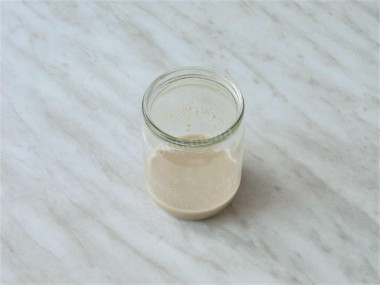
Put the starter in a half-liter jar, add warm water, mix.
Step 4:
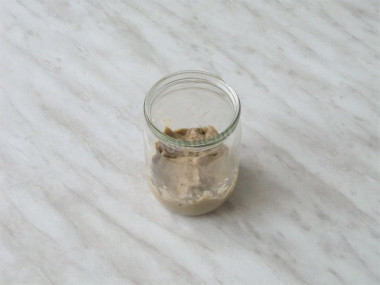
Pour the sifted flour into the starter, mix well until smooth. It turns out quite a thick mass. Cover the jar loosely with a lid or towel. Place in a moderately warm place to rise. The duration of the process depends on the ambient temperature. The warmer it is, the faster everything happens. But you do not need to put a container with sourdough close to the battery, wanting to speed up the process. Sourdough can "cook". The optimal temperature is 25-26C.
Step 5:
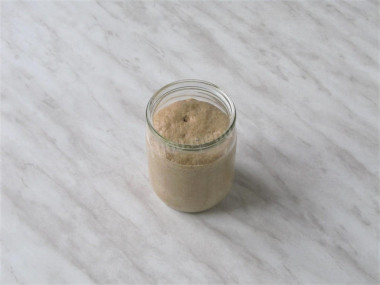
The starter should increase in volume by 3-3.5 times. It took me 3 hours. The time may be different, keep this in mind.
Step 6:
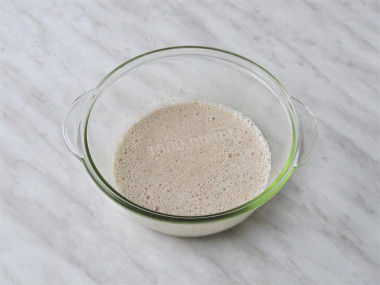
Now we begin to prepare the sourdough. In a convenient container, measure the required amount of starter culture, add water, mix. I use a whisk for this.
Step 7:
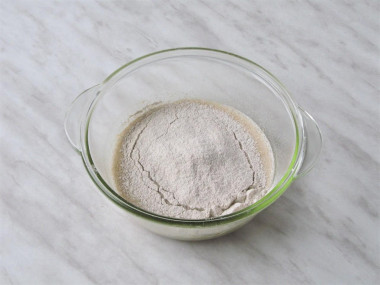
Pour in the sifted flour (50 g), mix well until the lumps disappear.
Step 8:
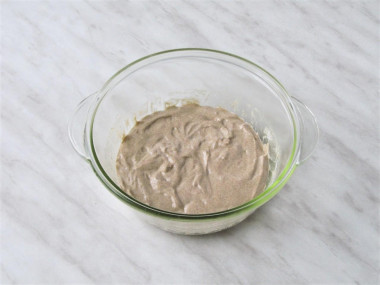
Cover the container with the sponge, leave it until the volume increases 2-2.5 times. Again - the time can be different, from one hour to four. Depends on the activity of your starter culture.
Step 9:
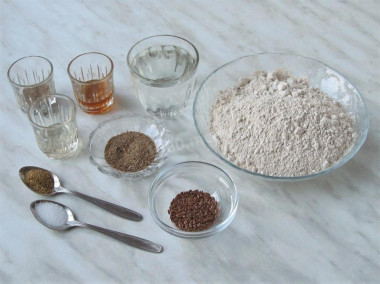
We begin to prepare bread dough. Prepare all the products for this. You can use other fillers - if desired. All products must be at room temperature.
Step 10:
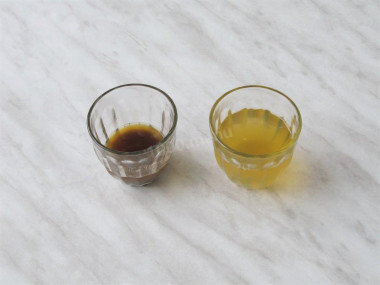
Malt brew 50 ml of boiling water, let it cool. In the remaining water (120 ml), dissolve the honey.
Step 11:
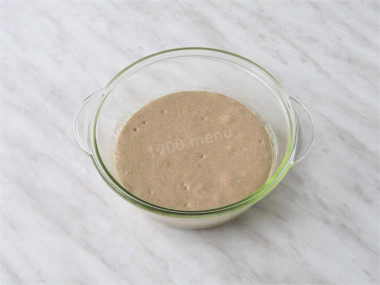
After 3 hours, my sourdough has risen enough.
Step 12:
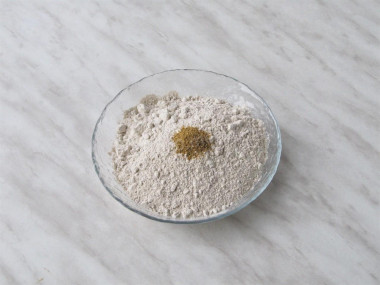
Combine flour with coriander, sift through a sieve.
Step 13:
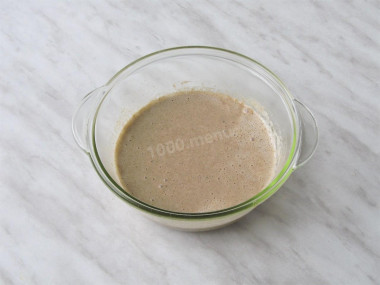
Add salt, honey diluted in water and brewed malt to the approaching sourdough, mix.
Step 14:
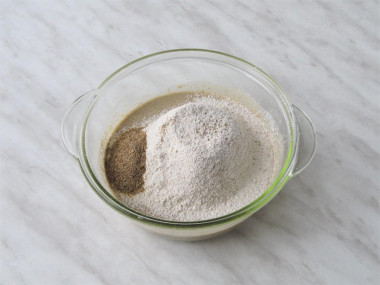
Pour bran into the sponge, half of the sifted flour, mix.
Step 15:
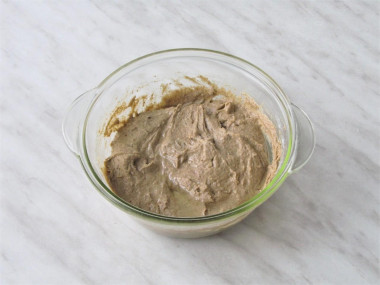
Add vegetable oil, mix again.
Step 16:
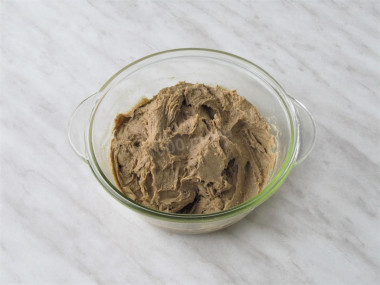
Pour the rest of the flour into the dough, mix thoroughly for at least 5 minutes. The dough turns out uncool, but very thick, quite sticky. I stir it with a wooden spoon, but you can do it with your hands.
Step 17:
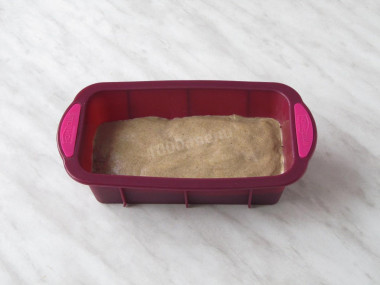
Put the dough into a bread pan (if necessary, grease the mold with butter). Smooth the dough with wet hands. Cover the dough on top with a thick towel so that it does not chafe. Leave the dough in the mold to rise.
Step 18:
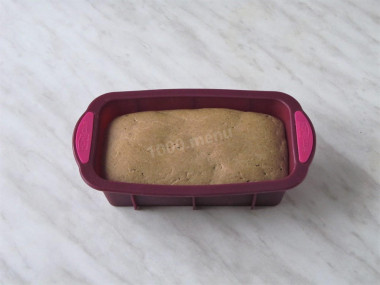
The dough should increase in volume 2-2.5 times. It took me 2 hours. How to determine if the dough is ready? If bubbles appear on the surface of the dough, it means that the bread is ready for baking.
Step 19:
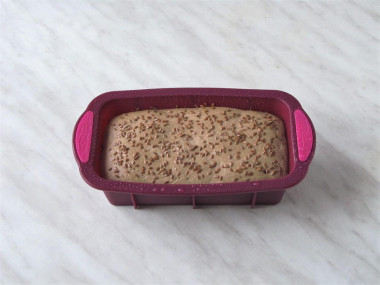
Before baking, sprinkle the surface of the bread with water from a spray bottle. Sprinkle with flax seed (optional). Bake the bread in a preheated 210C oven for 15 minutes with steam (put a baking tray with water on the lower level). Then carefully remove the steam. Bake the bread at 190C for another 15-20 minutes. You are guided by your oven! Then I cover the bread with foil and bake it until ready. If you need a crispy crust, you can use foil later.
Step 20:
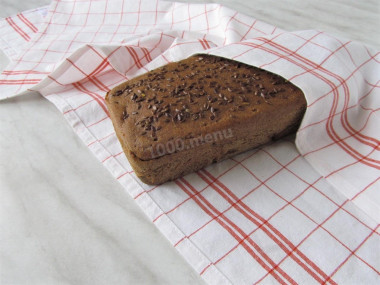
Bake the bread from 45 minutes to 1.5 hours. The readiness of the bread can be checked by tapping on it with a wooden stick. If the sound is muffled, the bread is baked. Sprinkle the finished bread with water, let it cool a little in the mold. Then take it out and wrap it in a towel. Leave to cool completely. Bon appetit!
You can see the recipe for rye sourdough HERE .
Bread is obtained with a dense crumb, characteristic of rye bread.
Sourdough bread is well digested, which facilitates the digestion process. It does not have a negative effect on the intestinal microflora, unlike yeast bread.
Freshly baked bread is not recommended to eat immediately, it is too heavy for the stomach. It is necessary to give him an exposure of 12-14 hours. During this time, the bread will ripen and the crumb will thicken.
If the starter is not used for baking, it must be fed every 4-5 days so that it does not disappear. To do this, measure the required amount of starter culture in a clean glass, mix it with water, then with flour in a ratio of 1:1:1. Leave the starter culture in the room to rise a little and put it back in the refrigerator.
Be prepared for the fact that flour may need more or less than indicated in the recipe. Focus not on the amount of flour, but on the desired consistency of the dough. To avoid mistakes, read about flour and its properties!
It is important to sift the flour to saturate it with oxygen. Then the baking will turn out to be airy and will rise well when baking.
Keep in mind that everyone's ovens are different. The temperature and cooking time may differ from those specified in the recipe. To make any baked dish successful, use useful information about the features of ovens !
Caloric content of the products possible in the composition of the dish
- Honey - 400 kcal/100g
- Vegetable oil - 873 kcal/100g
- Salt - 0 kcal/100g
- Water - 0 kcal/100g
- Ground coriander - 25 kcal/100g
- Rye flour - 305 kcal/100g
- Sourdough - 29 kcal/100g
- Flax - 534 kcal/100g
- Malt - 361 kcal/100g
- Rye bran - 221 kcal/100g

